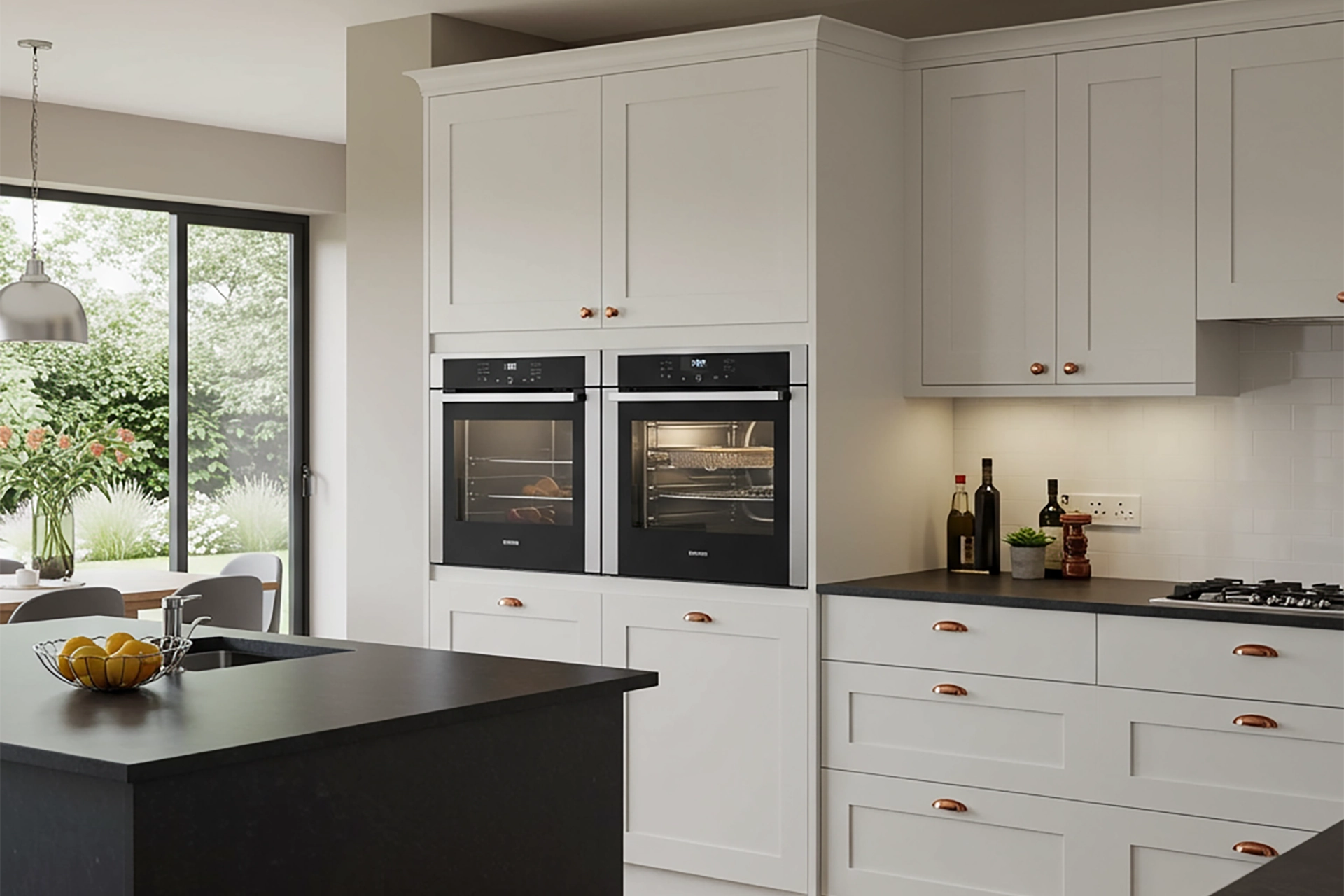
Question: Does a steam oven need a drain?
Answer: Most steam ovens have a built-in water reservoir and don’t require a direct drain connection. Excess water is typically collected in a tray and needs to be emptied manually.
Understanding Steam Oven Drainage
Steam ovens represent a significant advancement in kitchen technology, offering a healthy and flavourful way to cook food. They use steam to cook, preserving nutrients and enhancing the natural taste. A common question among those considering a steam oven is whether they require a drain. This concern often stems from the association of steam with excess moisture. This article examines this question in detail, exploring the functionality of various steam oven types and addressing common drainage-related queries. We aim to provide clear, concise information that addresses the central question: Does a steam oven need a drain?
We’ll cover different steam oven types, their water usage, and how they handle excess moisture. This information empowers consumers to make informed decisions about integrating a steam oven into their kitchen. We’ll dispel common misconceptions surrounding steam oven drainage requirements and offer practical insights into installation and maintenance considerations. Whether you’re a culinary enthusiast or simply seeking to understand steam oven technology, this guide provides the necessary information to address your questions effectively.
Steam Oven Types and Their Drainage Needs
Steam ovens generally fall into two main categories: plumbed and non-plumbed (or countertop). Plumbed steam ovens connect directly to a water line, providing a constant supply of fresh water for steam generation. These models typically require a drain connection to dispose of excess water.
Non-plumbed steam ovens, also known as countertop models, have a built-in water reservoir. You fill this reservoir manually. Non-plumbed steam ovens do not require a drain connection. Excess water collects in a separate container within the oven, which you empty after each use.
Understanding these basic distinctions between steam oven types clarifies the drainage requirements. The type of oven you choose will determine whether you need plumbing and drainage installations.
Please visit this page to read more about Blue Kitchen Refacing
Related Article: Where Should I Put My Steam Oven in My Kitchen?
Related Article: Are Steam Ovens Messy?
Addressing Common Drainage Concerns
A common concern regarding steam ovens relates to potential leaks or spills. Proper installation and regular maintenance prevent these issues. Plumbed models require professional installation to ensure proper connection to the water line and drain. Non-plumbed models require less complex installation, generally involving simply placing the unit on a countertop and filling the water reservoir.
Regular cleaning and maintenance are essential for both types of steam ovens. This includes descaling the oven to remove mineral deposits, which can affect performance and longevity. Following manufacturer recommendations for cleaning and maintenance ensures optimal performance and minimizes potential issues.
Another frequent question is whether a steam oven can damage cabinets due to moisture. Proper ventilation prevents this. Ensure adequate ventilation around the oven, especially for plumbed models. Following manufacturer guidelines regarding installation and ventilation protects surrounding cabinetry from potential moisture damage.
Installation Considerations for Steam Ovens
Installing a steam oven requires planning and, in some cases, professional assistance. Plumbed models necessitate professional installation, involving connecting the oven to the water line and drain. This typically requires a qualified plumber. Non-plumbed models involve a simpler setup, requiring only placement on a stable countertop and access to a power outlet.
Location is another important consideration. Install plumbed steam ovens near existing water and drain lines to simplify installation. For non-plumbed models, choose a location with easy access to a power outlet and sufficient counter space.
By understanding the specific installation requirements for each type of steam oven, homeowners can prepare adequately for the integration of this appliance into their kitchen.
Benefits of Owning a Steam Oven
Steam ovens offer numerous benefits for cooking and overall kitchen functionality. They provide a healthy cooking method, preserving nutrients and enhancing food’s natural flavours. Steam cooking requires minimal added fats or oils, promoting healthier eating habits. Steam ovens also offer versatility, accommodating various cooking styles and food types, from vegetables and grains to meats and fish.
The moist cooking environment of a steam oven prevents food from drying out, resulting in tender and succulent dishes. This makes steam ovens particularly suitable for delicate items like fish and vegetables. Additionally, steam ovens can reheat leftovers without compromising their texture or flavour, making them a convenient option for busy households.
Considering these advantages, steam ovens offer a compelling addition to any kitchen, providing a healthier and more versatile cooking experience.
Conclusion
The question, “Does a steam oven need a drain?” depends on the type of oven. Plumbed steam ovens require a drain connection for disposing of excess water, while non-plumbed models do not, utilizing a collection tray instead. This key distinction informs purchasing and installation decisions.
Understanding the different steam oven types, their water usage, and installation considerations allows homeowners to make informed choices aligned with their kitchen setup and cooking preferences. By addressing common concerns about drainage and maintenance, this article equips readers with the knowledge to embrace the advantages of steam cooking confidently.

Blue Malue Get in touch with Blue here.
